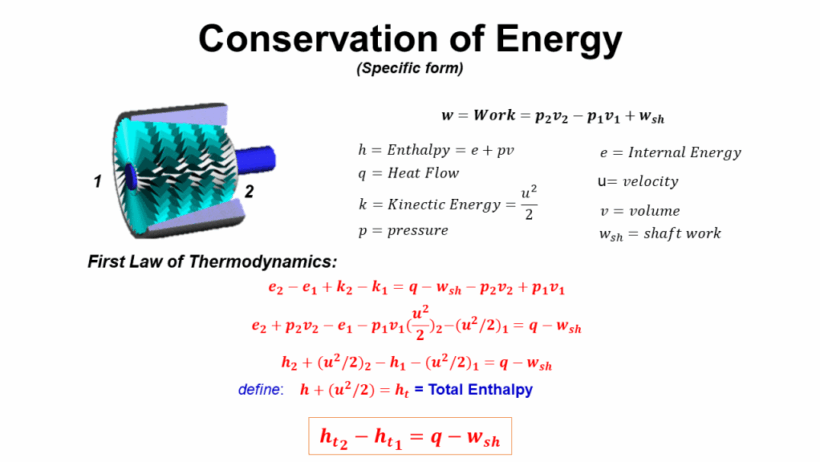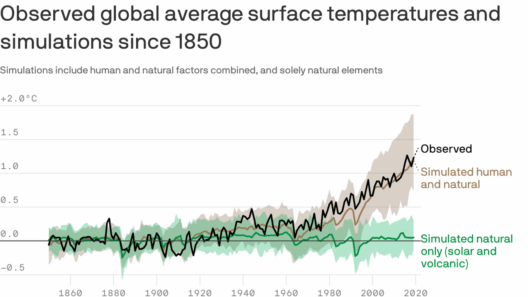How to Find Height in Conservation of Energy Problems: Quick Guide
Have you ever wondered how the laws of physics govern the delightful dance of a roller coaster as it climbs up and plunges down? What if you could uncover just how high that exhilarating ride reaches, simply by understanding the principles of conservation of energy? As we embark on this intellectual adventure, we will explore the intricacies of finding height in conservation of energy problems. Your curiosity will guide you through different scenarios where energy transformations play a critical role. Embrace the challenge, for unraveling these concepts is both rewarding and essential for comprehending the physical world.
Understanding Conservation of Energy
Before diving into the mathematics of height calculation, let’s distill the essence of conservation of energy. This fundamental principle asserts that energy cannot be created or destroyed; it can only be transformed from one form to another. In the realm of mechanics, we typically encounter kinetic energy (the energy of motion) and potential energy (energy stored due to position). Imagine a ball thrown upwards—its kinetic energy transforms to potential energy as it ascends, reaching its apex before plummeting back down. Recognizing these transformations is paramount when addressing problems involving height.
The Energy Equation: A Fundamental Tool
To systematically tackle height problems, we employ the energy conservation equation, which can be succinctly expressed as:
E_initial = E_final
For our exploration, we can refine this equation further. Consider an object at a height (h) above the ground with mass (m). The potential energy (PE) at height h can be expressed as:
PE = mgh
Meanwhile, as the object cascades downwards, its kinetic energy (KE) can be formulated as:
KE = 0.5mv²
Here, g denotes the acceleration due to gravity, approximately 9.81 m/s². With these expressions in hand, we are armed to confront any conservation of energy challenge that dares come our way.
Identifying Scenarios
Every conservation of energy problem may present different scenarios that require tailored approaches. Common situations include free-falling objects, pendulums, and roller coasters. Consider a hallmark example of a free-fall motion where an object drops from a particular height. As it begins its descent, its potential energy diminishes whilst kinetic energy burgeons. We’ll investigate each scenario, analyzing how to derive the unknown height and the variables that come into play.
Scenario A: The Free Fall
Let’s imagine a ball is dropped from an unknown height. To determine that height, h, we start from the equation:
mgh = 0.5mv²
As mass cancels out, we arrive at:
gh = 0.5v²
Hence, height (h) is defined as:
h = 0.5(v²/g)
This concise formula allows us to calculate height merely using the velocity just before impact. A simple yet robust illustration of the conservation of energy principle!
Scenario B: The Pendulum
Now, let’s contemplate a pendulum. As it swings to its highest point, one might ponder how to identify that height effortlessly. At the bottom of the swing, where all potential energy converts to kinetic energy, we have the same energy conservation equation:
mgh = 0.5mv²
By manipulating the formula as previously demonstrated, we can calculate the height as:
h = v²/(2g)
Moreover, the maximum extension of a pendulum’s arc can be estimated using the angle made with the vertical, providing yet another dimension through which we can analyze height!
Scenario C: The Roller Coaster
Roller coasters provide exhilarating practical applications for conservation of energy. Picture a coaster climbing a steep hill; its highest point is where potential energy is maximized. This scenario perfectly exemplifies mechanical energy conversion. To extract height in such circumstances, we apply energy conservation from the point of ascent to the lowest point just before the next climb, reinforcing the energy balance:
PE_initial = KE_final
The same formulas apply, converting back and forth between potential and kinetic energy—there lies the thrill of mathematics!
Factor-in Friction and Air Resistance
It is vital to acknowledge that real-world applications often introduce complexities such as friction and air resistance, which dissipate energy. In these cases, the total mechanical energy is not conserved, and one has to adapt the equations to include work done against these opposing forces. Slight deviations from ideal conditions can affect the accuracy of height calculations. It transforms this intellectual exercise into a more holistic examination of energy dynamics.
Conclusion: Embrace the Challenge
As you journey through the world of conservation of energy, remember that grasping these concepts unlocks a deeper understanding of various physical phenomena. By mastering height calculations in diverse contexts, you’re preparing yourself to tackle real-world challenges, from designing sustainable energy solutions to optimizing public transport systems. Each time you ponder a ball dropped from a significant height or the graceful motion of a pendulum, allow the principles of energy conservation to guide your reasoning. Adventure awaits—dare to question, explore, and ultimately, understand the beautiful mechanics that underpins our universe!





